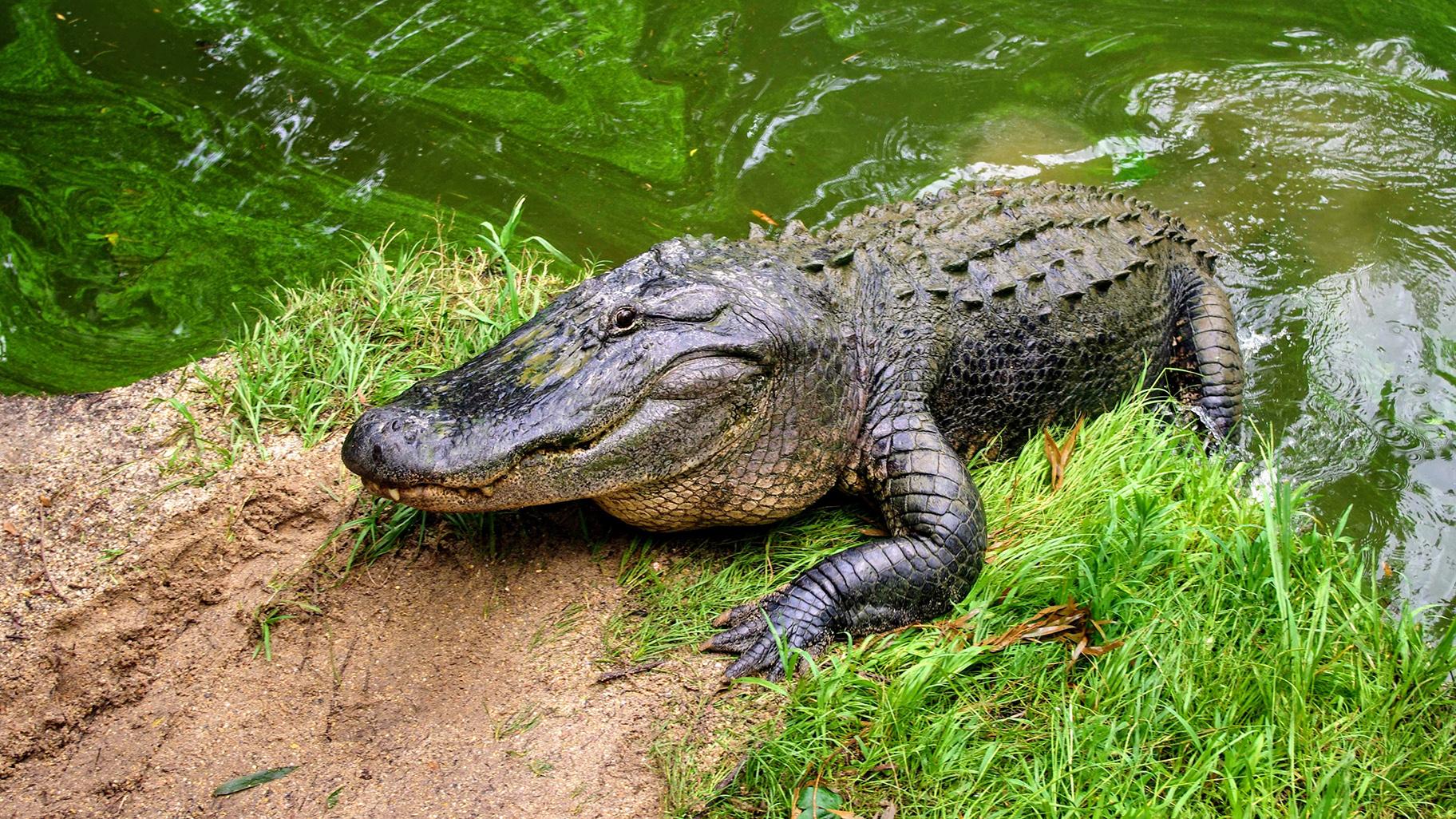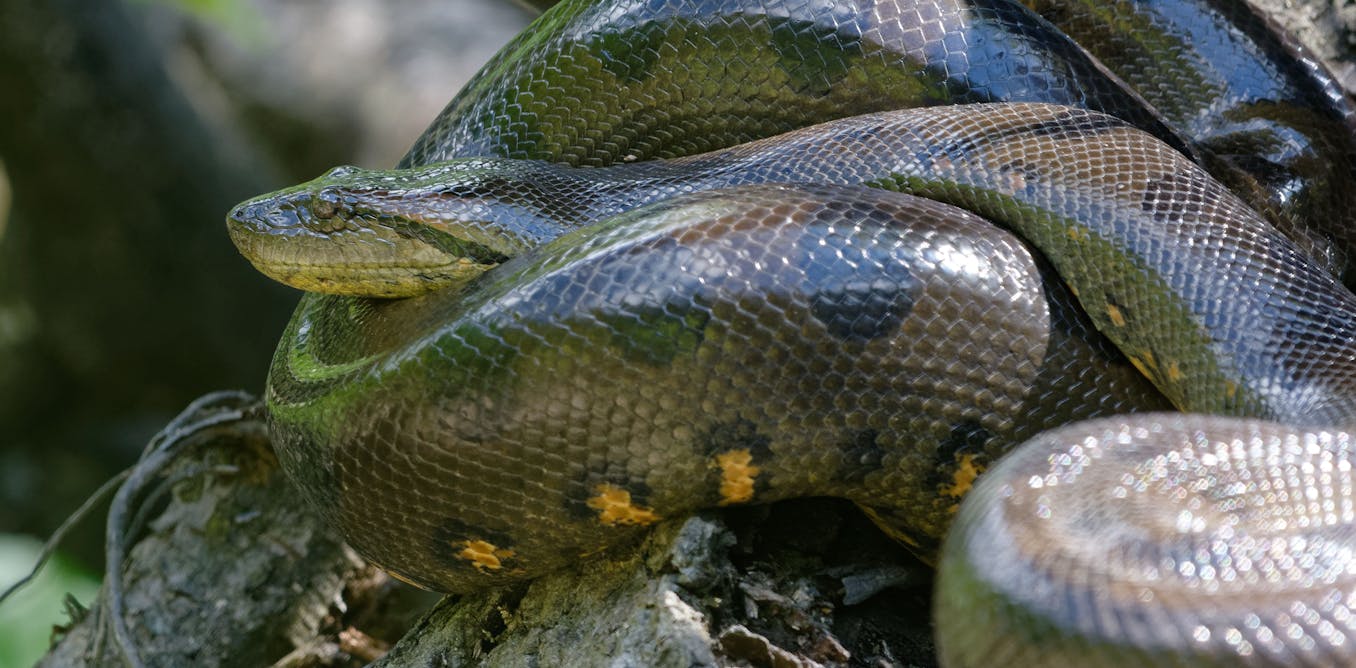Apex predators reign supreme at the top of their food chains, wielding unmatched power and influence within their ecosystems. These formidable creatures, known for their dominance and lack of natural enemies, play crucial roles in maintaining the balance of their environments. In this comprehensive guide, we delve into the fascinating world of apex predators, exploring their characteristics, behaviors, and the challenges they face.
What Defines an Apex Predator?
An apex predator stands as the ultimate authority within its ecological niche. Unlike other animals, apex predators have no natural predators of their own, positioning them at the zenith of the food chain. These top predators exert a significant influence on the structure and function of their ecosystems. Their presence, or absence, can have profound effects on the populations of other species and the overall health of their habitats.
Characteristics of Apex Predators
- Top of the Food Chain: Apex predators occupy the highest trophic level, feeding on other carnivores and herbivores without falling prey to other animals.
- Adaptations for Hunting: They possess specialized adaptations such as powerful claws, sharp teeth, and keen senses to aid in their hunting and survival.
- Ecological Impact: By controlling prey populations, apex predators help maintain ecological balance and biodiversity.
Notable Apex Predators Around the World
1. African Wild Dog (Lycaon pictus)

The African wild dog, also known as the painted wolf, is renowned for its distinctive coat and social hunting strategies. Native to sub-Saharan Africa, these canines are highly skilled pack hunters, preying primarily on antelopes.
Key Facts:
- Habitat: Grasslands and savannas of Africa
- Conservation Status: Endangered due to habitat loss and human-wildlife conflict
2. American Alligator (Alligator mississippiensis)

The American alligator, found in the southeastern United States, is a powerful reptilian predator. With its ambush hunting techniques and formidable bite force, it dominates its aquatic environment.
Key Facts:
- Habitat: Swamps, rivers, and lakes
- Conservation Status: Least Concern, with stable populations
3. Bald Eagle (Haliaeetus leucocephalus)
The bald eagle, the national bird of the United States, is an apex predator in North America’s wetlands. Known for its striking appearance and impressive hunting skills, this eagle primarily feeds on fish.
Key Facts:
- Habitat: Near large bodies of open water with abundant food supply
- Conservation Status: Least Concern, with a significant recovery from past declines
4. Green Anaconda (Eunectes murinus)

The green anaconda, one of the largest snakes in the world, is a powerful constrictor found in the swamps and rivers of the Amazon Basin. Its massive size allows it to prey on large animals, including caimans and capybaras.
Key Facts:
- Habitat: Swamps, marshes, and slow-moving rivers
- Conservation Status: Not currently endangered, but habitat destruction poses a threat
5. Great White Shark (Carcharodon carcharias)
The great white shark is an apex predator of the ocean, known for its powerful build and hunting prowess. It preys on marine mammals, fish, and other sharks, playing a crucial role in marine ecosystems.
Key Facts:
- Habitat: Coastal and offshore waters
- Conservation Status: Vulnerable due to overfishing and habitat loss
The Role of Apex Predators in Ecosystems
Apex predators are vital in regulating the populations of other species, which helps maintain the ecological balance. Their presence can influence the behavior and distribution of prey species, indirectly affecting vegetation and other aspects of the ecosystem.
Impact on Prey Populations
Apex predators help control prey populations, preventing overgrazing and ensuring a diverse and healthy plant community. For example, wolves in Yellowstone National Park have been shown to influence the behavior of elk herds, leading to the recovery of vegetation in areas previously overgrazed.
Trophic Cascades
The removal or decline of apex predators can lead to trophic cascades, where changes in one part of the food web cause ripple effects throughout the ecosystem. For instance, the decline of sea otters has led to an increase in sea urchin populations, which in turn has caused the degradation of kelp forests.
Threats to Apex Predators
Despite their formidable status, apex predators face numerous threats that jeopardize their survival. These threats often stem from human activities and environmental changes that disrupt their habitats and food sources.
Habitat Loss
The destruction of natural habitats due to deforestation, urbanization, and agriculture is a major threat to apex predators. Habitat loss not only reduces the available space for these animals but also affects the abundance and distribution of their prey.
Climate Change
Climate change impacts ecosystems in various ways, including altering prey availability and affecting habitat conditions. For example, the melting of sea ice due to global warming threatens polar bears by reducing their access to hunting grounds.
Human-Wildlife Conflict
Encounters between apex predators and humans can lead to conflicts, often resulting in the killing of the predators. Livestock predation and fear of attacks on humans can lead to retaliatory killings and persecution.
Illegal Wildlife Trade
The illegal wildlife trade poses a significant threat to many apex predator species. Animals are often hunted for their body parts, which can be sold on black markets, leading to declines in their populations.
Conservation Efforts for Apex Predators
Efforts to conserve apex predators involve protecting their habitats, addressing human-wildlife conflicts, and supporting sustainable practices. Conservation organizations and governments work together to implement measures that can help preserve these majestic creatures and the ecosystems they inhabit.
Protected Areas
Establishing protected areas and wildlife reserves helps safeguard the habitats of apex predators. These areas provide a safe environment for animals to thrive and maintain their ecological roles.
Anti-Poaching Measures
Anti-poaching initiatives focus on preventing the illegal hunting and trade of apex predators. This includes strengthening law enforcement, raising awareness, and providing resources for anti-poaching teams.
Habitat Restoration
Restoring degraded habitats can help support the recovery of apex predator populations. Restoration projects aim to rehabilitate ecosystems by replanting vegetation, removing invasive species, and improving habitat connectivity.
Community Engagement
Engaging local communities in conservation efforts is crucial for the success of apex predator protection. Educating people about the importance of these animals and promoting coexistence can help reduce conflicts and foster support for conservation initiatives.
How We Can Help
Protecting apex predators is crucial for maintaining healthy ecosystems. Here’s what we can do:
- Support Conservation Efforts: Get involved with organizations working to protect apex predators and their habitats.
- Promote Sustainable Practices: Advocate for sustainable land use and fishing practices that reduce the impact on apex predator populations.
- Raise Awareness: Educate others about the importance of apex predators and the threats they face.
FAQs
What’s the role of apex predators in the food chain?
Apex predators control the populations of other species in their environment, preventing any one species from becoming too dominant and ensuring a balanced ecosystem.
How can the decline of apex predators affect an ecosystem?
The decline of apex predators can lead to overpopulation of prey species, loss of biodiversity, and overall ecosystem imbalance, affecting various aspects of the environment.
Why are apex predators important for biodiversity?
Apex predators help maintain biodiversity by regulating prey populations and preventing any single species from becoming too dominant, which supports a diverse range of life within the ecosystem.
Conclusion
Apex predators are the unsung heroes of the natural world, maintaining the delicate balance of ecosystems and ensuring the survival of countless other species. Their impressive hunting skills, critical ecological roles, and the challenges they face highlight the need for their protection. By supporting conservation efforts and raising awareness, we can help ensure that these magnificent creatures continue to thrive and keep our ecosystems in balance. So next time you hear about a lion’s roar or see a polar bear on the ice, remember just how vital these apex predators are to the health of our planet.









